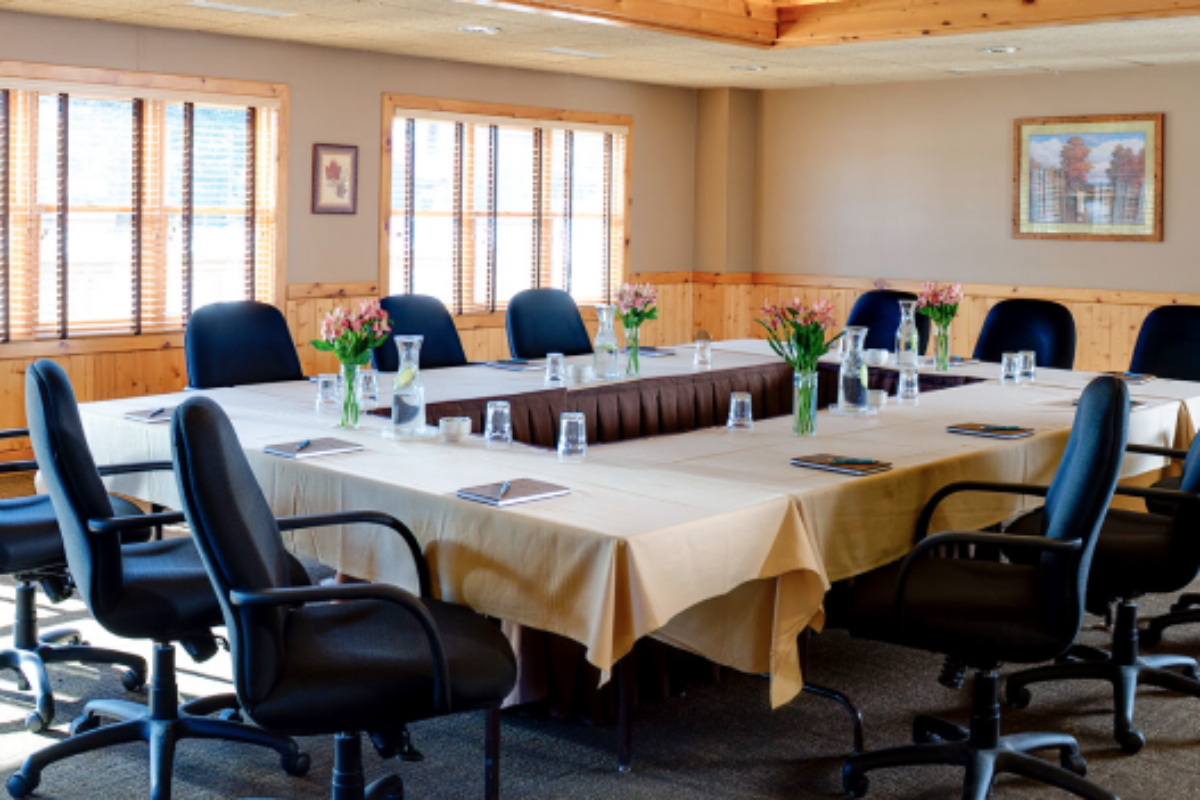What does leadership development look like in the modern world? Now that work environments have become more remote and hybrid, leaders are challenged with maintaining a team environment that cultivates its leaders, even when they’re not in the office.
Work Culture is Changing
It’s no secret that we have fully entered a new age in terms of the way employees work—more specifically, where they work. Office layouts and culture are rapidly changing. Change is nothing new; we’ve seen office design go from seas of cubicles to trendy open concepts, then back to more space-divided layouts. What we haven’t seen is precisely what we are currently experiencing: fully remote and hybrid work environments.
Many employees don’t want to come to the office. It can be distracting, commutes can be less than desirable, and many just want a better work life balance. Surveys estimate that 12.7 percent of full-time employees work from home and an additional 28.2 percent work a hybrid model. By 2025, more than 32.6 million Americans will be working remotely. This change in the workplace has presented new challenges for leaders.
How can we maintain a sense of leadership development when we’re not in the same room, or even state, as one another?
Strategies to Implement on a Day-to-Day Basis
Cultivating effective leaders is crucial in hybrid and fully remote work environments, where collaboration and innovation tend to be lacking. The landscape of work has evolved dramatically, but many strategies can be used to create and maintain effective leadership:
- Embrace technology: leverage online learning platforms for leadership training programs, including interactive webinars, virtual workshops, and other online courses.
- Promote healthy and effective communication: train leaders to create an environment where team members feel comfortable sharing ideas and feedback virtually. Focus on communication skills that include clarity in writing emails, body language during video conferencing, etc.
- Encourage autonomy: trust is important. Train leaders to delegate tasks and trust team members, fostering a sense of ownership and responsibility. Then, focus on outcomes rather than micromanaging processes. You can use performance metrics and feedback to identify employees with leadership potential.
- Implement mentoring and coaching programs: pair less experienced remote leaders with seasoned mentors for guidance and support. You can also consider hiring external coaches specializing in remote leadership to provide personalized advice and feedback.
The Importance of Company Retreats
While digital tools facilitate communication, they often fall short in nurturing deep, interpersonal relationships. That’s where company retreats come into play, and they are more important than ever these days!
Leadership retreats help businesses tackle the challenges of remote work and the limitations of virtual communication. Retreats offer a platform for face-to-face interactions, crucial in understanding and empathizing with team members. They are filled with workshops that focus on shaping effective leaders for remote teams, offering distraction-free environments conducive to deeper learning and development.
Get Everyone Together at Least Once a Year
When it comes to face-to-face meetings, more is better for your leaders and their teams. If nothing else, get everyone together at least once per year at a company retreat.
Remote work can lead to:
- Less effective communication
- Isolation and disconnection
- An overdependence on technology
- Difficulties with span of control (the ability to effectively oversee teams)
- Limited opportunities for mentorship
Company retreats, whether they are used for strategic planning or leadership development, offer a new environment that allows team members to step away from their routine, leading to fresh perspectives and renewed energy. This change of scenery can spark innovative ideas and strategies for leaders, invigorating their teams and encouraging further growth.
The resort setting is also conducive to experiential learning activities, which simulate real-world challenges that leaders often face. These activities are invaluable in fostering practical leadership skills, allowing leaders to practice and improve in personalized environments with their teams.
Measuring the Impact
Leadership development retreats are often evaluated based on several key outcomes:
- Improvement in leadership skills: participants frequently report significant improvements in key leadership skills after the retreat.
- Increased employee engagement: companies often observe higher levels of employee engagement and morale following leadership development initiatives.
- Better retention rates: many organizations note improved retention rates of high-potential employees who participate in leadership development programs.
- Succession planning: leadership retreats can contribute positively to succession planning, preparing new and capable leaders that can replace those who are ready to retire or move on.
In an age where everything is done online, get your leaders together for a retreat experience they’ll remember.

